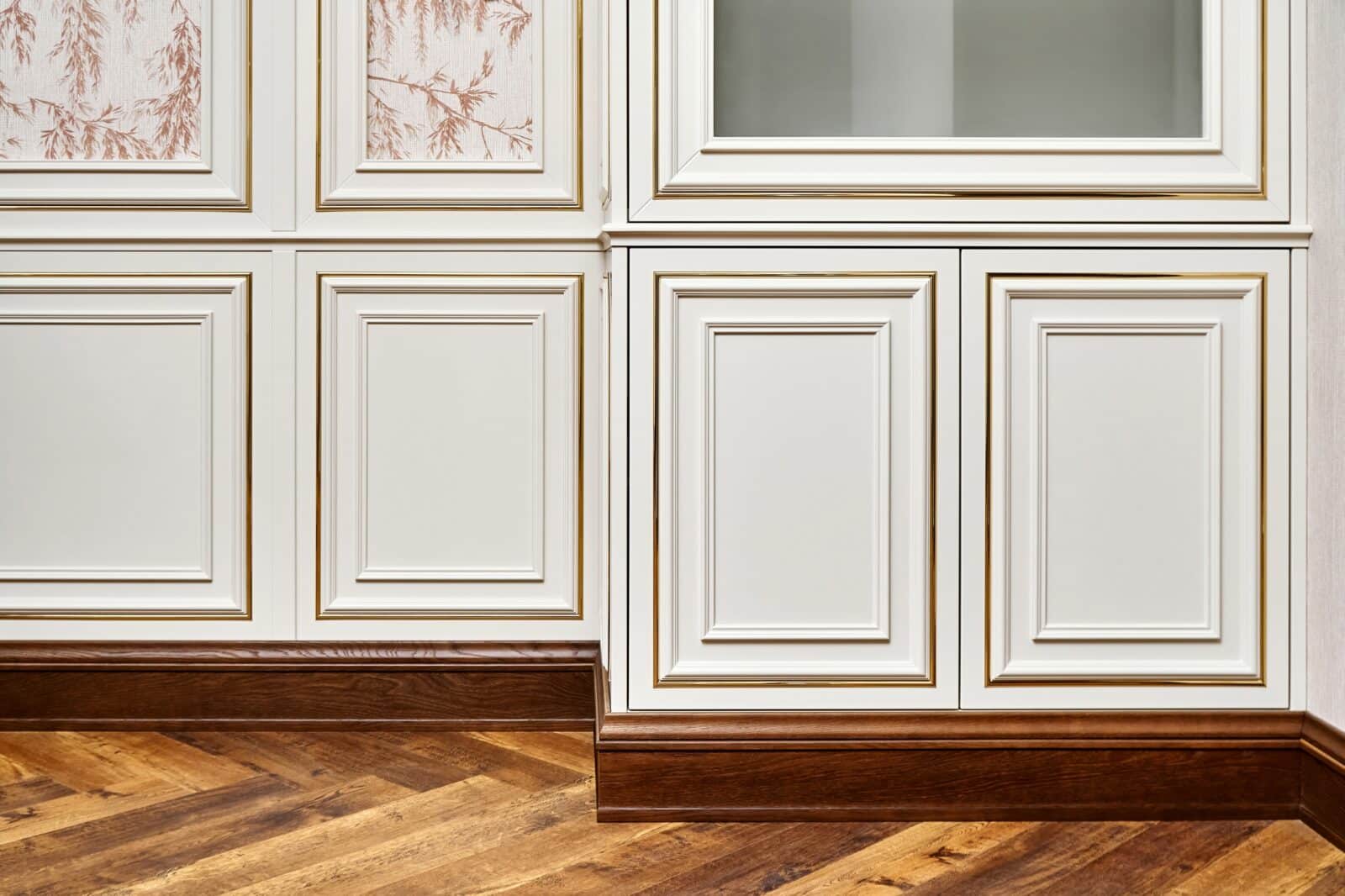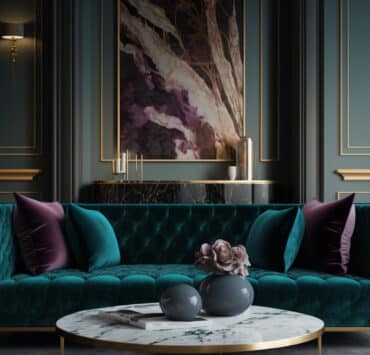Wood trimming on walls is a decorative framing treatment for your walls. They can also be used on ceilings, doors, and windows This design element transforms spaces and can add a beautiful statement to your space. Trims are used to hide imperfections, joints, and gaps. While they are functional, they can also be stylish and fun!
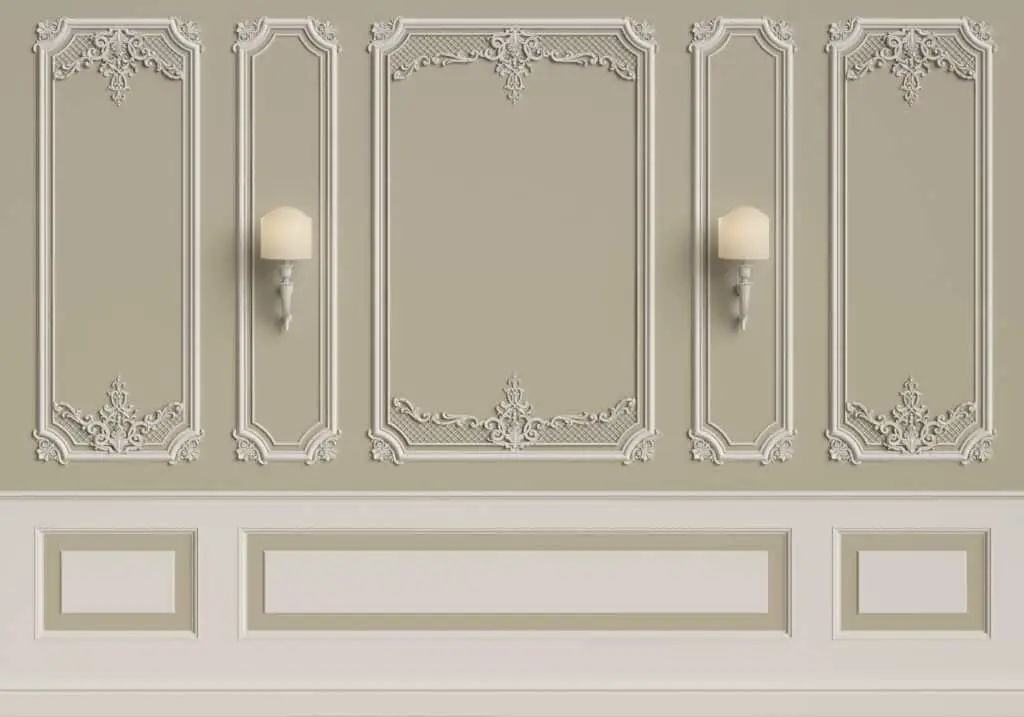
Wood Trimming on Walls Ideas
Crown Molding
This decorative trim is used where the walls meet the ceiling. They can be simple or intricate, depending on the style of your home.
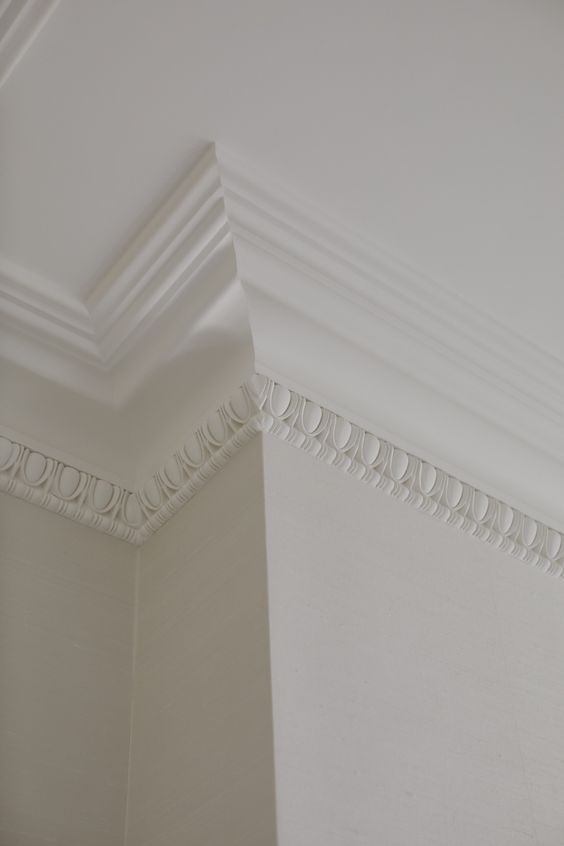
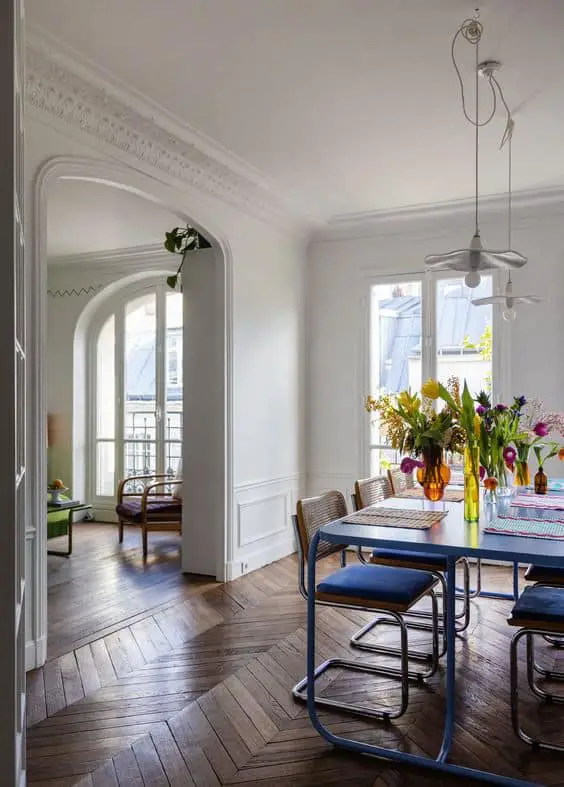
Baseboards
These wood trimming on walls are used at the bottom where the wall meets the floor. Baseboards protect the walls from kicks, abrasions, and furniture.
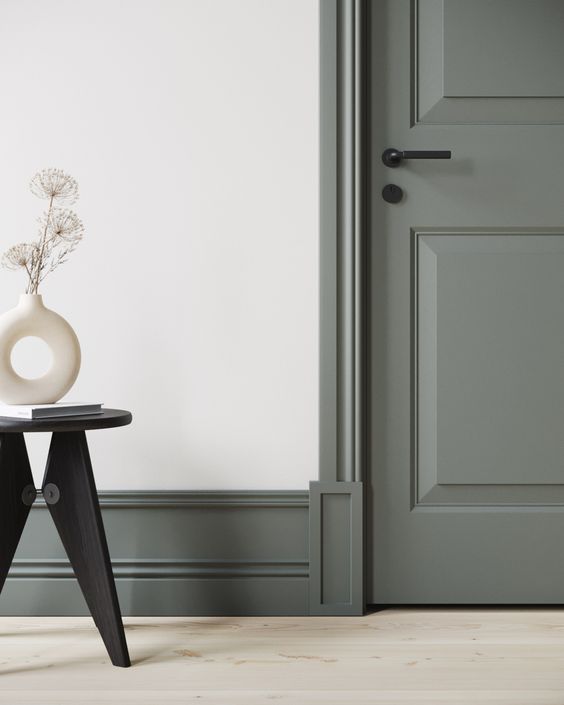
Chair Rails
Chair rail wood trimming on walls is installed horizontally, typically around 32 to 36 inches off the floor. In the past, they were used to protect walls from being damaged and scratched by chairs, but now they often serve a more decorative purpose. They are often found in dining areas, or can also be used in spaces where there are chairs.
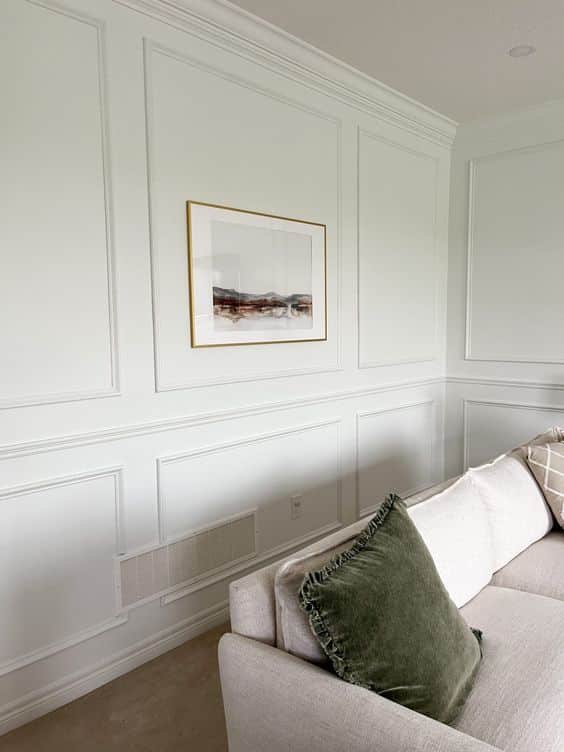
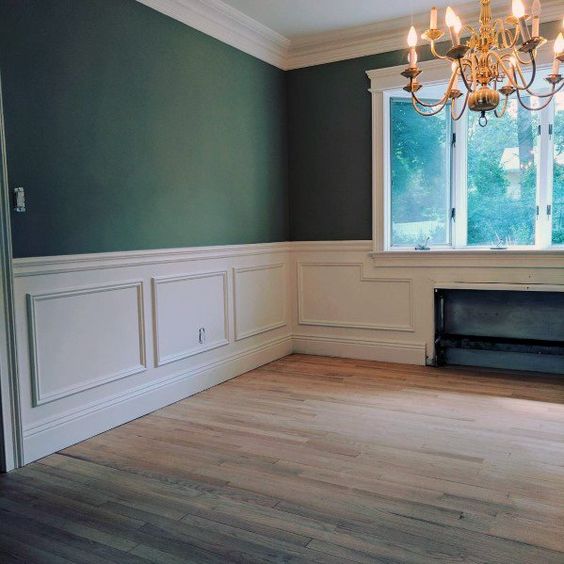
Picture Rails
This type of wood trimming on walls is similar to chair rails but is placed higher up the wall. It is called picture rails because they are often used to hang pictures with hooks and strings. Picture rails are best for homes with plaster walls, where wall hangings can be quite challenging.
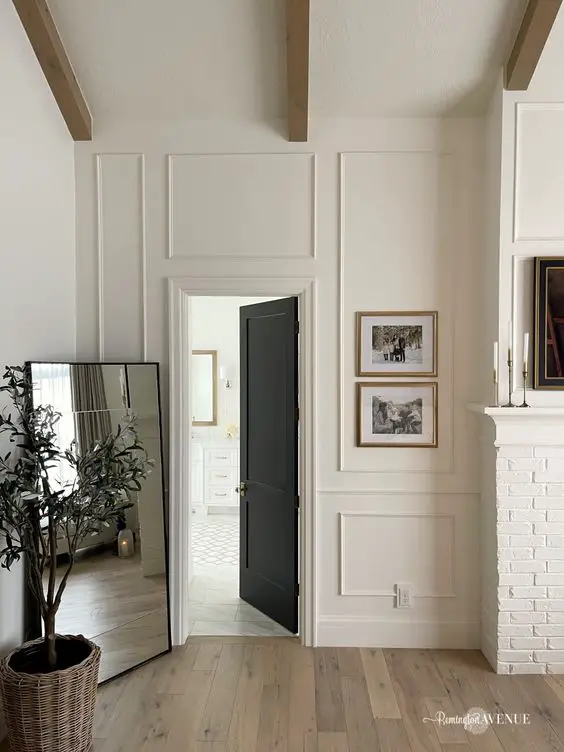
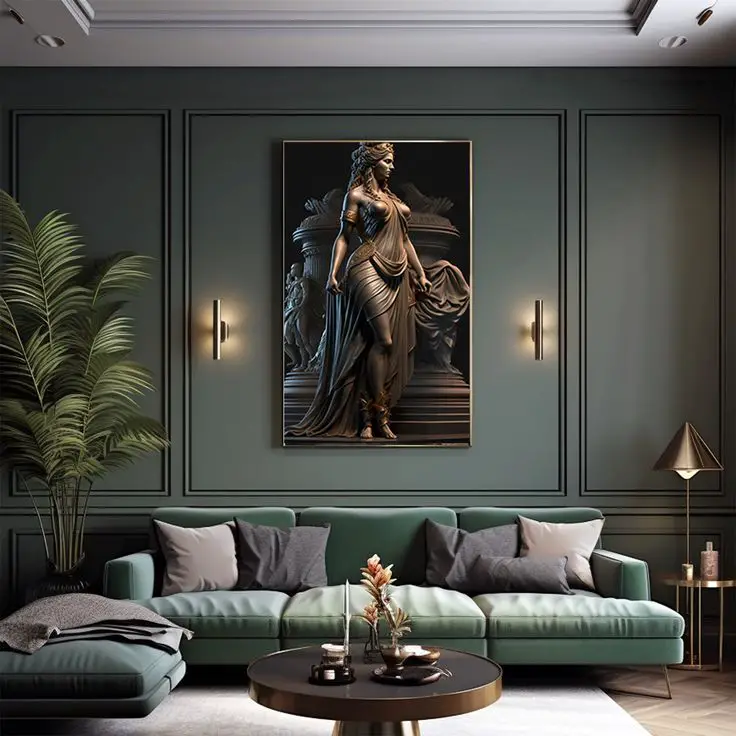
Window and Door Casings
This trim frames windows and doors, providing a finished look while hiding gaps between the wall and the door or window frame.
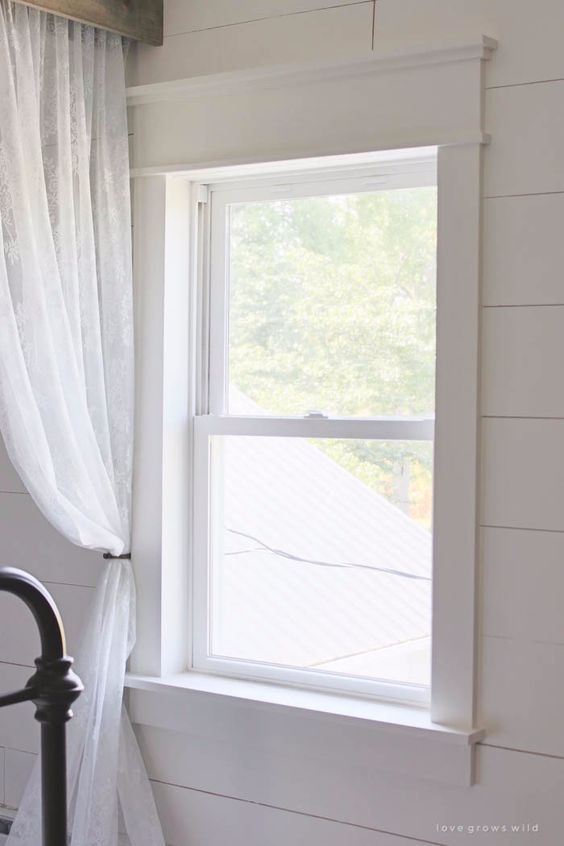
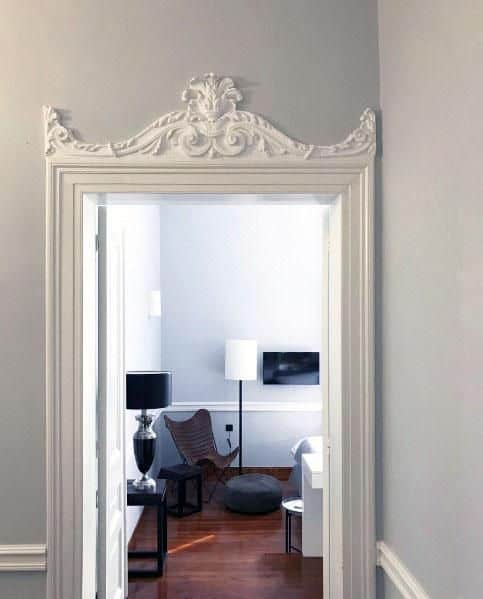
Wainscoting
Although technically not a trim per se, wainscoting involves paneling that covers the lower part of a wall. It can include a combination of baseboards, wall paneling, chair rails, and picture rails.

Quarter Round and Shoe Molding
These are small, convex moldings usually used at the junction of a baseboard and floor.
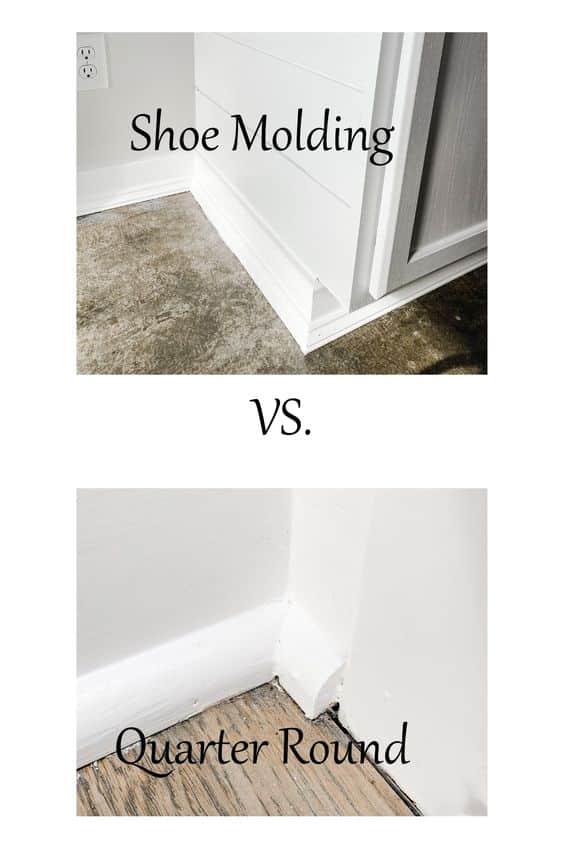
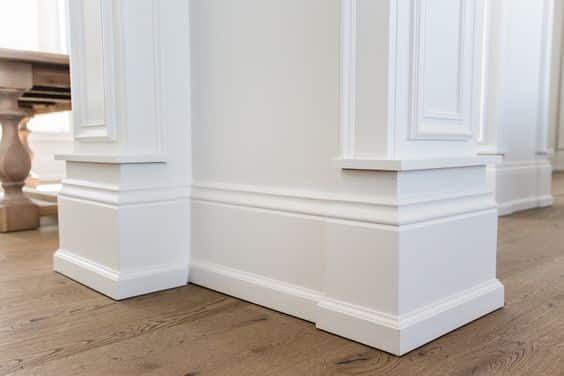
Panel Molding
This decorative molding is used to create panels on walls or even ceilings. If you want to add character and dimension to your space, this is very effective!
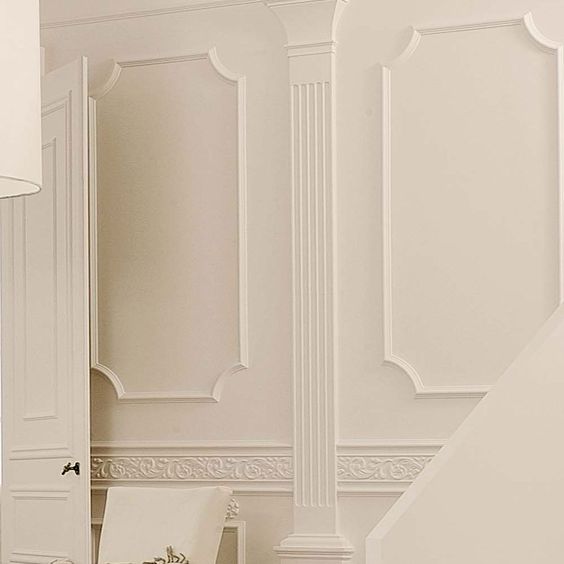
Cove Molding
This type of wood trimming on walls is similar to crown molding but with a concave profile. It is used at the junction of walls and ceilings.
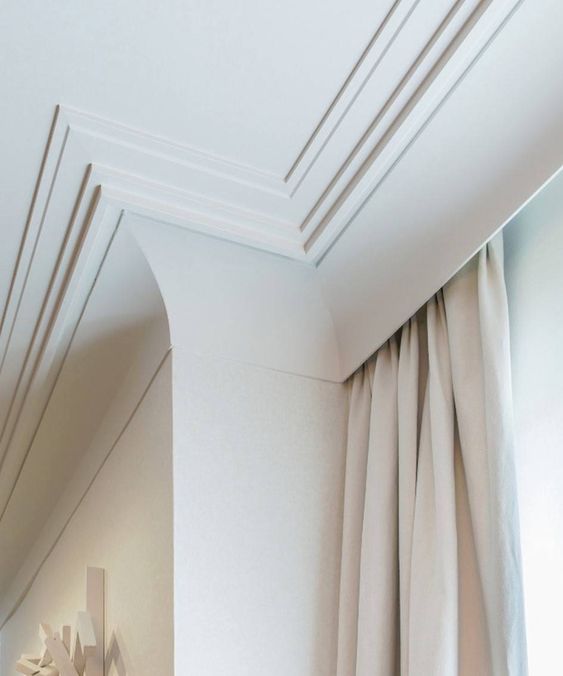
Each type of wood trim can be made from natural wood or MDF and can be painted, stained, carved, or left in its natural state. It all depends on you!
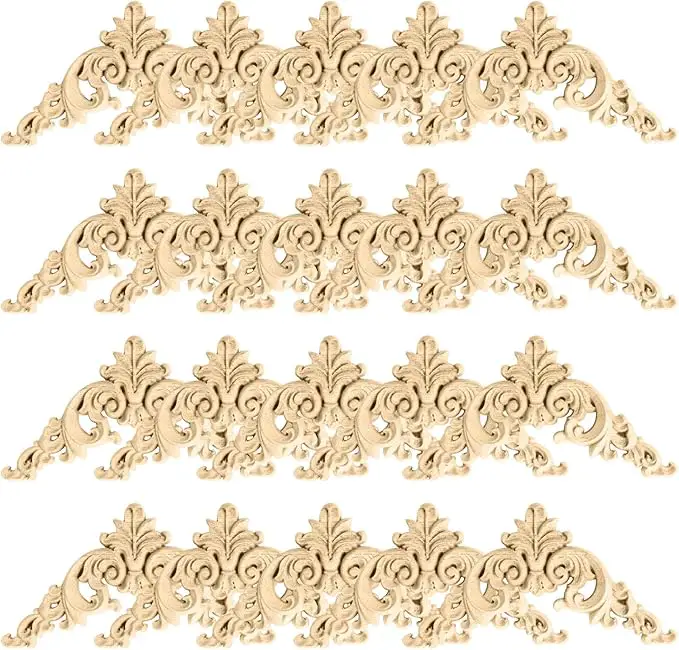
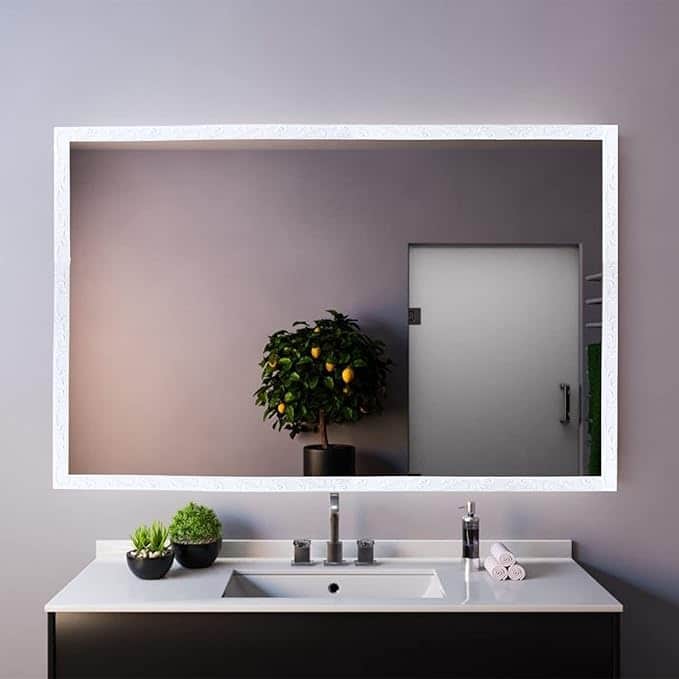
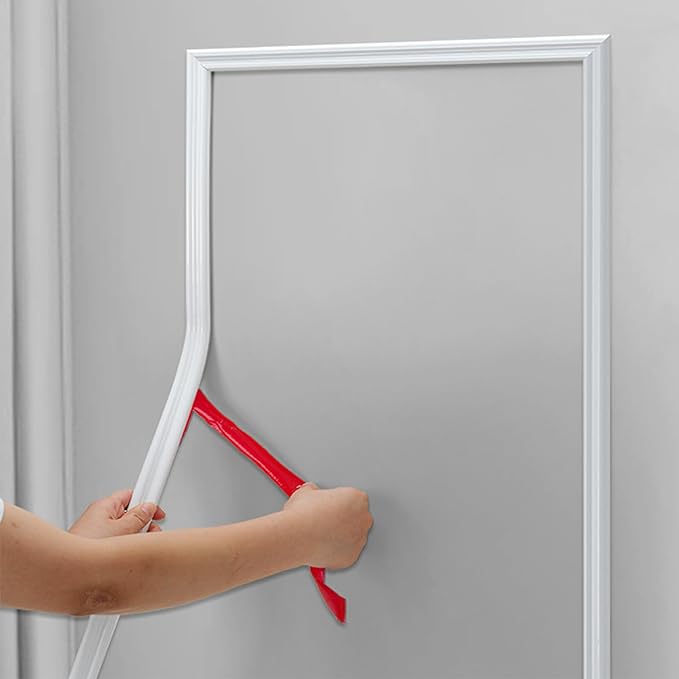
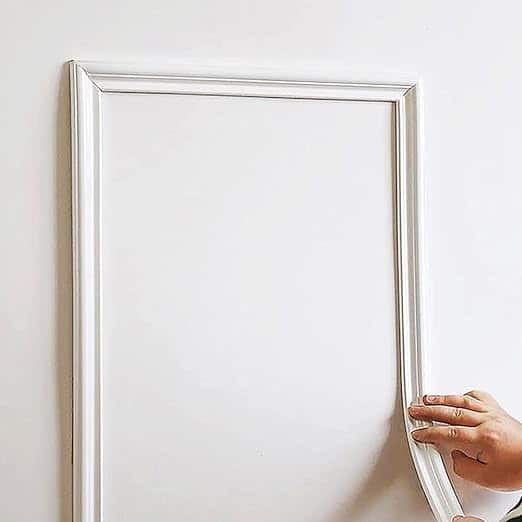
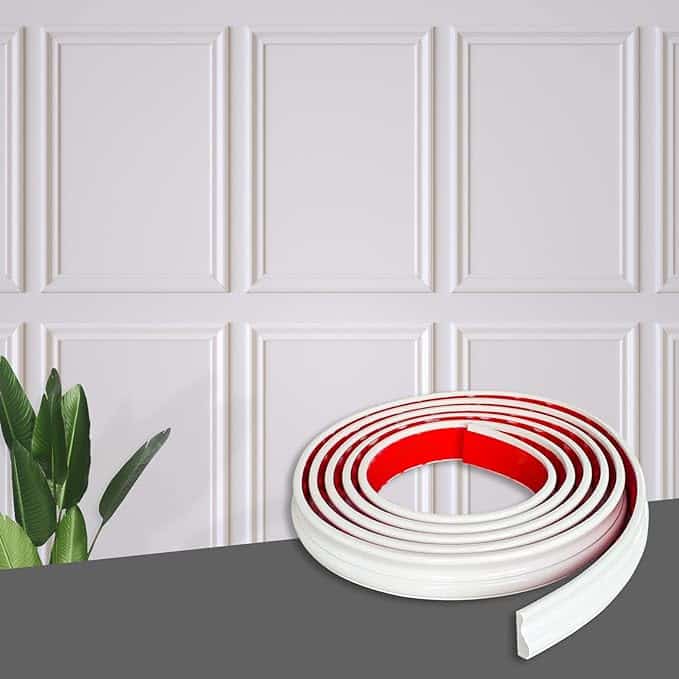
FAQs on Wood Trimming on Walls
How do I choose the right wood trim for my walls?
Consider the style of your room, the wall color, and the desired visual impact. Thicker trims make more of a statement, while thinner trims offer a subtler look.
Can wood trim be used in damp areas like bathrooms?
Yes, but ensure it’s properly treated and sealed to withstand moisture.
Is wood trim maintenance-intensive?
Regular dusting and occasional polishing are usually sufficient to keep wood trim in good condition.
Wood trimming on walls is more than just a decorative feature; it’s a design choice that can profoundly impact the look and feel of your home. By understanding the versatility and potential of wood trim, you can transform your space into a reflection of your style and taste.
Related posts:
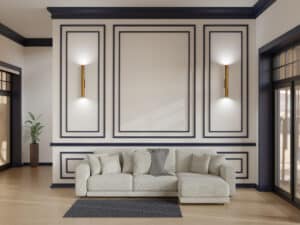 Black Trim White Walls: 10+ Trendsetting Ideas for a Modern Home Makeover
Black Trim White Walls: 10+ Trendsetting Ideas for a Modern Home Makeover
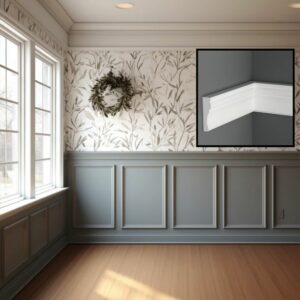 12 Edge Moulding Trim Recommendations: The Designer’s Choice
12 Edge Moulding Trim Recommendations: The Designer’s Choice
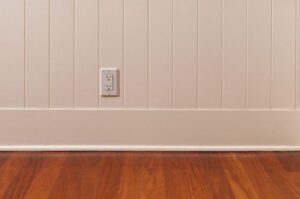 Quarter Moulding: A Designer’s Top Secret Revealed!
Quarter Moulding: A Designer’s Top Secret Revealed!
 10 Transformative Wall Molding Types to Elevate Your Home’s Charm Now
10 Transformative Wall Molding Types to Elevate Your Home’s Charm Now
 Soundproofing Your Home: Tips and Techniques to Reduce Noise Pollution
Soundproofing Your Home: Tips and Techniques to Reduce Noise Pollution
